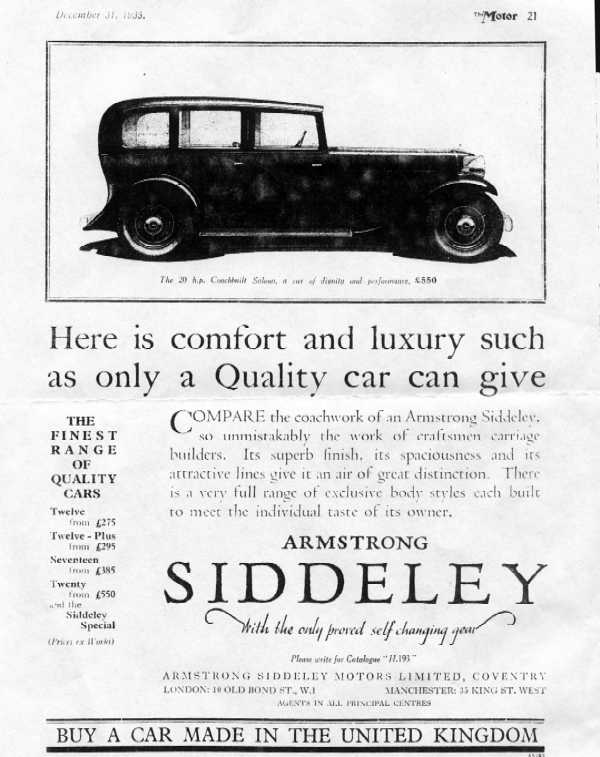|
UPDATE No 14 |
|
CLAY HILL |
|
In Update No 5 and in the third instalment of 'South from Barley' (all of which have been published in the monthly newsletter of the Edmonton Hundred Historical Society) reference was made to Clay Hill as the site of a battle on 1016 between Edmund Ironside and Cnut. The authors of: 'Anglo Saxon England': 'In Search of the Dark Ages' and 'Southgate and Edmonton Past': all made mention of this location. However, Dr David Avery, President of the EHSS, has written as follows: "In the Abingdon Abbey version of the Anglo-Saxon Chronicle, it states that King Edmund led his army from the west of England to relieve Canute's siege of London keeping to the north of the Thames and emerging from the Middlesex woodlands at a place called Claieghangra (a name which consists of two Old English words meaning 'clay' and 'wooded slope') and from there moved swiftly southwards towards London to take the Danes by surprise. Sir Frank Stenton and Sir Allen Mawer pointed out in their book The Place Names of Middlesex (published in 1940, pages xv-xvi, and 79) that in the Assize Rolls there is in 1294 a reference to Clayhangre extra villam de Toteham ('Clayhanger outside the village of Tottenham'). Stenton and Mawer took the view that this must be the hitherto unidentified point at which Edmund and his army emerged from the trees (which is undoubtedly correct): and went on to suggest that 'Clay Hill in that parish.........may reasonably be identified with the site indicated by the Chronicle' (which is certainly wrong) but understandable given the similarity of the two place names. In fact Clayhanger as a place name is recorded on occasions well into the eighteenth century. Its precise location can be seen on the 1619 survey of Tottenham: in the extreme south [Clay Hill is in the north] of the Parish at Stamford Hill on the boundary with Stoke Newington" The Archive apologises for the mis-information. |
|
SOUTH BROTHERS |
|
Doris South - daughter of Walter South (second son of Samuel(1)) - has kindly donated a copy of the advertisement for the small development (four pairs of semi-detached houses) undertaken by South Brothers in Broxbourne and mentioned in Update No 13.
Doris lived in one of the houses from 1932 until 1964 and recalls her father saying that the profit margin was small, about £50 on each house. |
|
ARMSTRONG SIDDELEY |
|
An enquiry was made with Brian Sewell (art critic of the London Evening Standard and occasional contributor describing classic cars). He identified the Armstrong Siddeley bought by Samuel(2) (Update No 8) as " ...a 'Twenty' of 1934 or thereabouts. Small Armstrongs were every bit as good as 'small Daimlers - a little less expensive but not much......". The address of the Armstrong Siddeley Owners Cub was provided and they have supplied a copy an advertisement that appeared in 'The Motor' magazine on December 31, 1935.
The Club estimates that 300 'Long Twenties' were built between early 1934 and late 1936. It has records of 14 cars that have survived. The May 1998 club magazine includes an advertisement from an American member offering a "1938 Long 20hp Limousine.......in original condition" for sale at $150,000. "Serious enquiries" are invited.
KLB 8/98 |

